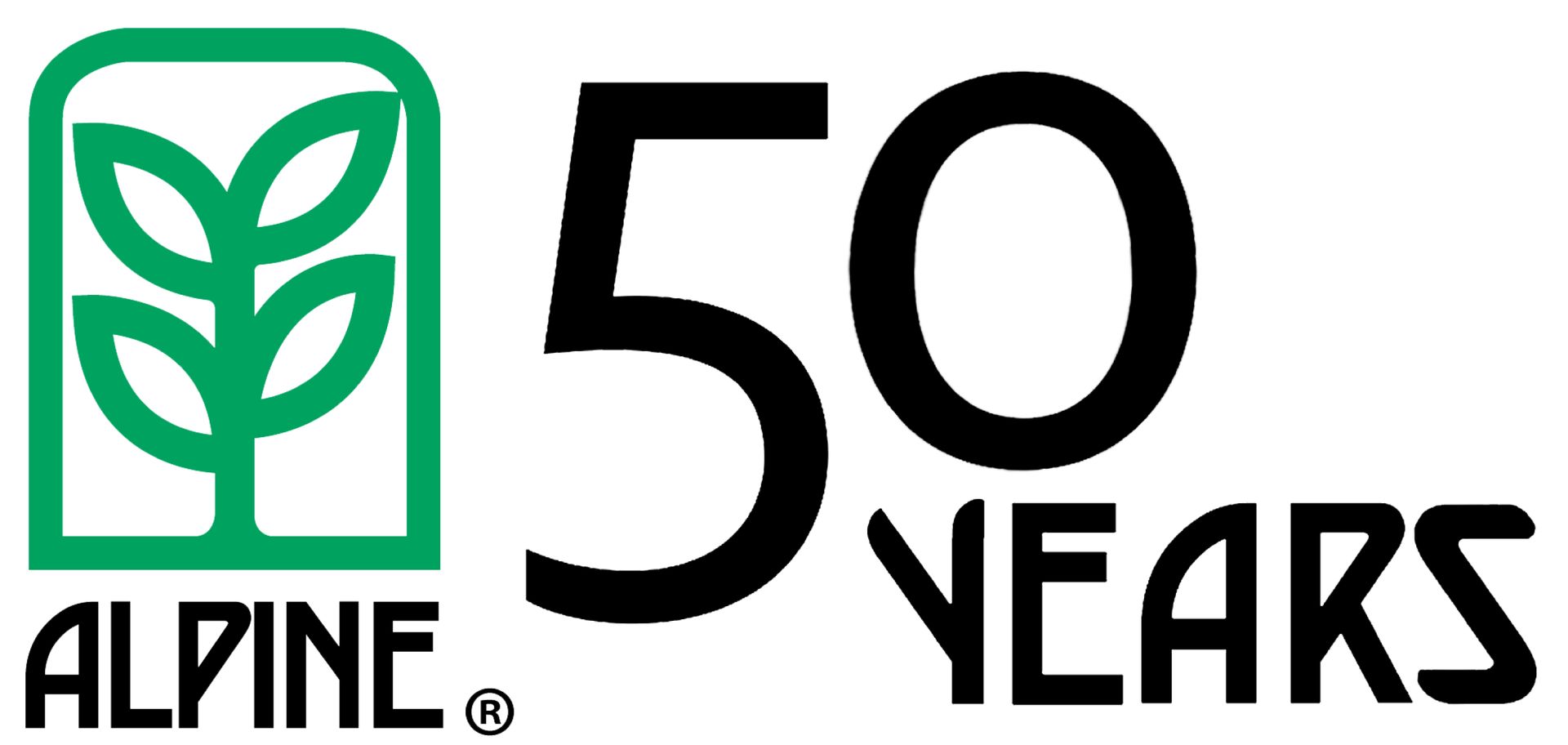Fertility Decisions for the Upcoming Growing Season
One well known concept in crop fertility is Liebig's Law of the Minimum. It suggests that production is not limited by the total amount of fertility available, but instead, it is limited by the scarcest resource, or nutrient. With commodity prices trending low, farmers are circling the wagons and preparing to get through the coming year. In many cases fertility decisions are being delayed and the mindset of using just the minimum fertilizer is rampant. Does this concept make sense? If you would get the same yield as you would get from precision fertilization, then – yes, the concept would make sense, simply because the cost of production must be controlled. In reality – the answer is no! The task of feeding our crops so that they perform to the optimum economic production level is quite complicated. Simply ignoring required nutrient needs allows the scarcest nutrient law to sneak in and limit production. All crops need 17 nutrients to survive. Nitrogen, phosphorus and potassium are obviously the largest contributors. However, micronutrients play important supporting roles, and quite often, it is a micronutrient that is limiting production potential. Micronutrients such as Zinc, Manganese, Copper, and Iron are often limited in soils because of pH. Others such as Boron may be limited because of leaching. Since wheat is the only traditional crop growing right now, I will use it as an example. A 100 bushel yield will remove about 0.5 lbs. of micronutrients and total uptake is less than 2 lbs. It is easy to see that a small amount of fertility could remove some prospective yield barriers. With such a small amount of fertility required, providing micronutrients to the growing crop doesn’t have to be difficult or expensive. In fact, trials often yield 4-8% increases in yield with a simple foliar application of NACHURS Finish Line. Because of the varied chemistry and quality in the marketplace, choosing the correct source and application method for micronutrients is critical. Numerous research plots conducted over the past couple of years with NACHURS products can demonstrate the yield potential of various foliar, broadcast, and in-furrow applications. It is understood that crop inputs must be kept to a reasonable level this year. Remember to consider the most limiting nutrients in addition to the amount of NP and K being applied.
One well known concept in crop fertility is Liebig's Law of the Minimum. It suggests that production is not limited by the total amount of fertility available, but instead, it is limited by the scarcest resource, or nutrient. With commodity prices trending low, farmers are circling the wagons and preparing to get through the coming year. In many cases fertility decisions are being delayed and the mindset of using just the minimum fertilizer is rampant. Does this concept make sense?
If you would get the same yield as you would get from precision fertilization, then – yes, the concept would make sense, simply because the cost of production must be controlled. In reality – the answer is no! The task of feeding our crops so that they perform to the optimum economic production level is quite complicated. Simply ignoring required nutrient needs allows the scarcest nutrient law to sneak in and limit production.
All crops need 17 nutrients to survive. Nitrogen, phosphorus and potassium are obviously the largest contributors. However, micronutrients play important supporting roles, and quite often, it is a micronutrient that is limiting production potential. Micronutrients such as Zinc, Manganese, Copper, and Iron are often limited in soils because of pH. Others such as Boron may be limited because of leaching.
Since wheat is the only traditional crop growing right now, I will use it as an example. A 100 bushel yield will remove about 0.5 lbs. of micronutrients and total uptake is less than 2 lbs. It is easy to see that a small amount of fertility could remove some prospective yield barriers. With such a small amount of fertility required, providing micronutrients to the growing crop doesn’t have to be difficult or expensive. In fact, trials often yield 4-8% increases in yield with a simple foliar application of NACHURS Finish Line.
Because of the varied chemistry and quality in the marketplace, choosing the correct source and application method for micronutrients is critical. Numerous research plots conducted over the past couple of years with NACHURS products can demonstrate the yield potential of various foliar, broadcast, and in-furrow applications. It is understood that crop inputs must be kept to a reasonable level this year. Remember to consider the most limiting nutrients in addition to the amount of NP and K being applied.










